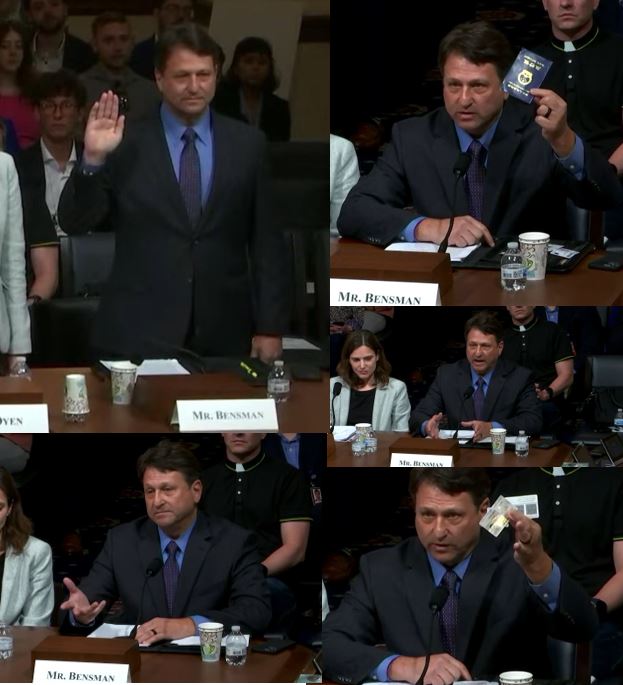
What: House Homeland Security Committee’s Subcommittee on Oversight, Investigations, and Accountability hearing entitled, “Security Risk: The Unprecedented Surge in Chinese Illegal Immigration.”
When: Thursday, May 16, 2024, at 2:00 PM ET
Where: 310 Cannon House Office Building
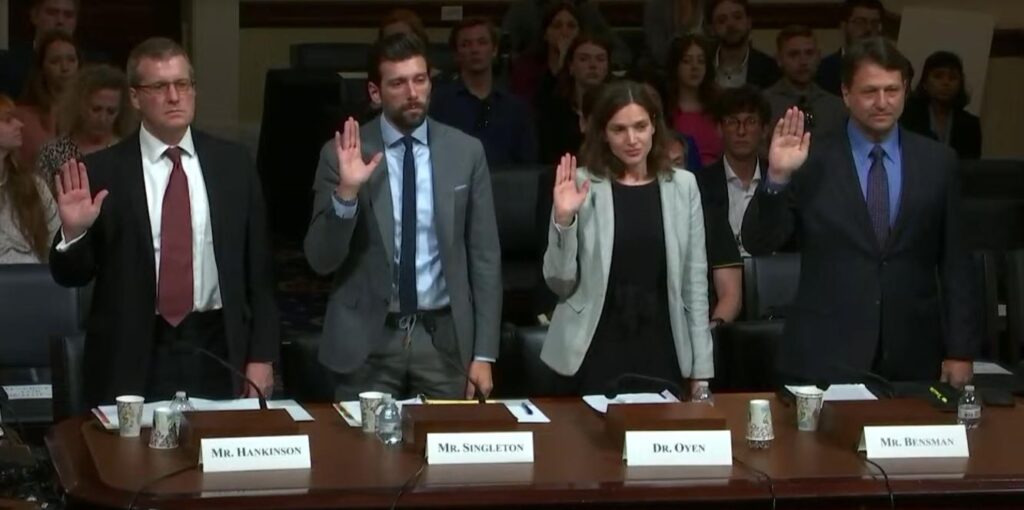
WITNESSES:
Simon Hankinson
Senior Research Fellow, Border Security and Immigration Center, The Heritage Foundation
Todd Bensman
National Security Fellow, Center for Immigration Studies
Craig Singleton
Senior Fellow, Foundation for Defense of Democracies
Meredith Owen, PhD
Associate Professor, Department of History, University of Maryland, Baltimore County
BENSMAN’S FULL WRITTEN TESTIMONY
ALL PREVIOUS CONGRESSIONAL TESTIMONY
OPENING 5-MINUTE ORAL STATEMENT:
BENSMAN RESPONSE: IS IT DISCRIMINATION TO TREAT CHINESE IMMIGRANTS DIFFERENTLY THAN OTHERS?
BENSMAN RESPONSE: WHY ARE CHINESE COMING NOW IN SUCH EXPLOSIVE NUMBERS?
HEAR BENSMAN DISCUSS THE ISSUE ON PARSING IMMIGRATION POLICY PODCAST

LISTEN TO BENSMAN’S POST TESTIMONY INTERVIEW ON WASHINGTON DC’s WMAL RADIO THE VINCE COGLIANESE SHOW
Bensman Testifies Before U.S. House Sub-Committee on the Judiciary: “Terrorist Entry Through the Southwest Border” September 2023
Todd Bensman testified before the House Judiciary Subcommittee on Immigration Integrity, Security, and Enforcement at a hearing on Thursday, September 14, 2023. The hearing, “Terrorist Entry Through the Southwest Border,” examined the national security implications of the Department of Homeland Security’s (DHS) open-borders agenda, including how the Biden Administration’s policies have led to record-high encounters of aliens on the Terrorist Watchlist as well as the mass release of unvetted aliens into U.S. communities. See Bensman’s full written testimony here.
See also: Insights from Giving – And Watching – Congressional Testimony
AND: Selected excerpts on the Parsing Immigration Policy podcast
OTHER WITNESSES:
- Charles Marino, Former Senior Law Enforcement Advisor, U.S. Department of Homeland Security
- Rodney Scott, Distinguished Senior Fellow for Border Security, Texas Public Policy Foundation
- Alex Nowrasteh, Vice President for Economic and Social Policy, Cato Institute
Bensman’s Opening Statement
Disturbing New Terror Development at the Border: Colombian Guerillas
’Bad Guys’ Know the Border is Open: An Iraqi Convicted of Plotting to Smuggle Four Assassins Over Border to Kill George W. Bush
Watch or scroll the full hearing (1:45 hours):
Read Bensman’s Full Submitted Written Testimony
Bensman Testifies before the House Committee on Homeland Security subcommittees on border security and counterterrorism July 2023
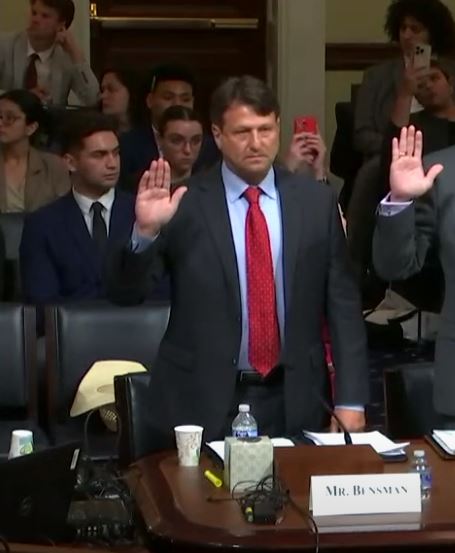
Wednesday, July 26, 2023 at 2:00 PM ET, the Homeland Security Subcommittee on Border Security and Enforcement, led by Chairman Clay Higgins (R-LA), and the Subcommittee on Counterterrorism, Law Enforcement, and Intelligence, led by Chairman August Pfluger (R-TX), held a joint hearing to examine the tragic human cost of Homeland Security Secretary Alejandro Mayorkas and President Biden’s historic humanitarian border crisis.
WHAT: A joint hearing by the Subcommittee on Border Security and Enforcement and Subcommittee on Counterterrorism, Law Enforcement, and Intelligence entitled “The Real Cost of an Open Border: How Americans are Paying the Price.”
DATE: Wednesday, July 26, 2023
TIME: 2:00 PM ET
LOCATION: 310 Cannon House Office Building
WITNESSES:
Todd Bensman
Senior National Security Fellow, Center for Immigration Studies
Javier “JR” Ramirez III
Private Citizen
Elisa Tambunga
Private Citizen
David J. Bier
Associate Director, Immigration Studies CATO Institute
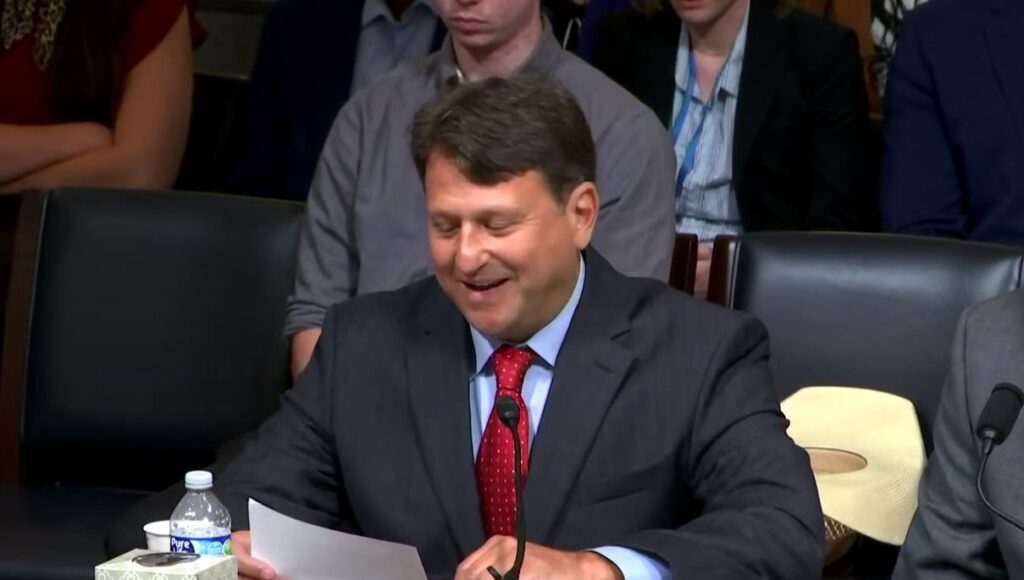
Bensman’s Opening Statement
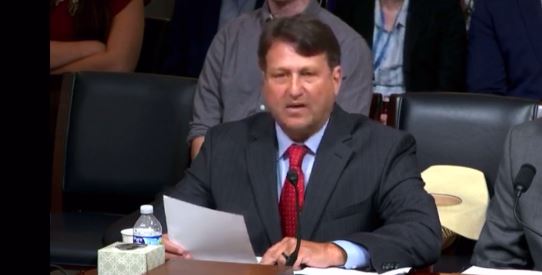
What Keeps You Up at Night? Bensman: “Stranger Danger”
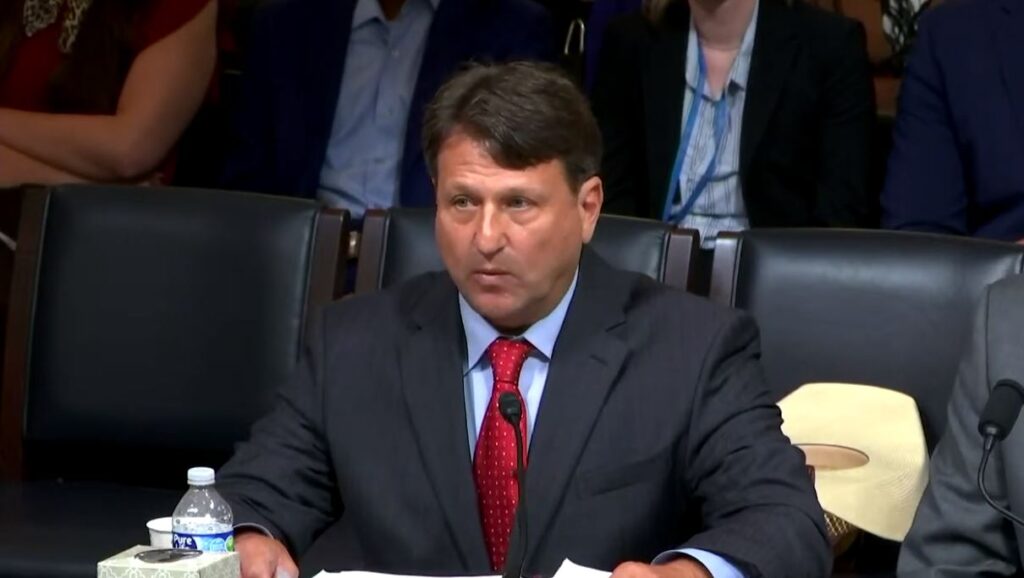
Mass Asylum Fraud is Underway, Bensman Tells Panel
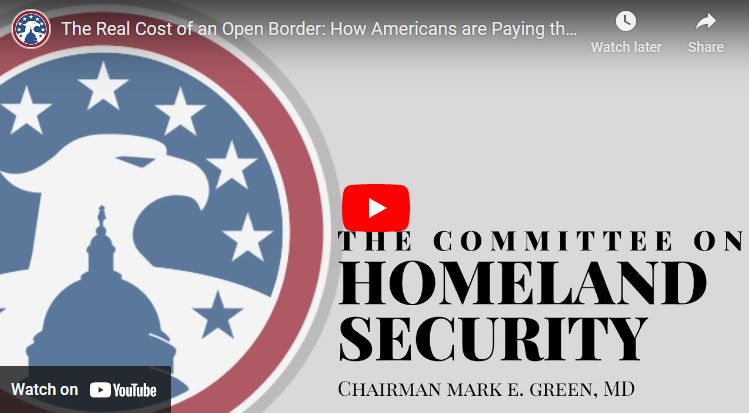
Watch or scroll the full hearing (3 hours):
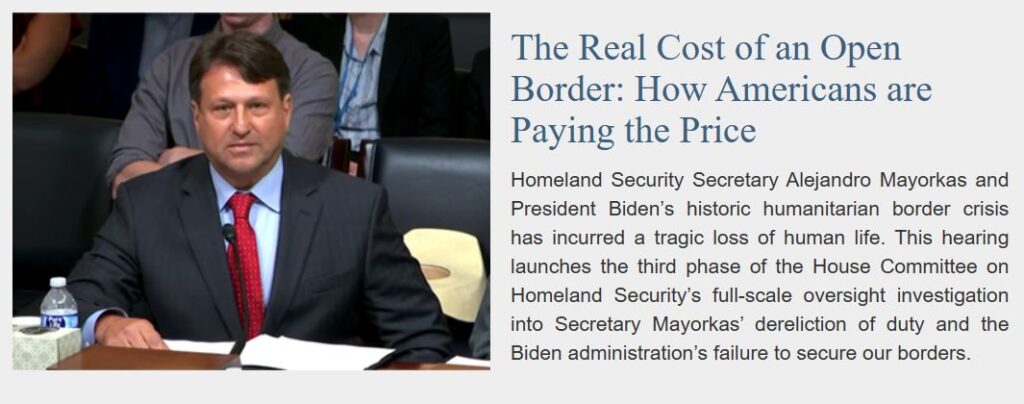
Read Bensman’s Full Submitted Written Testimony
Bensman Testifies before the House Freedom Caucus on the Mass Migration Crisis at the Southern Border February 1, 2022
Todd Bensman testified before a panel of Republican Congress Members about his reporting on United Nations involvement in the mass migration crisis at the southern border.
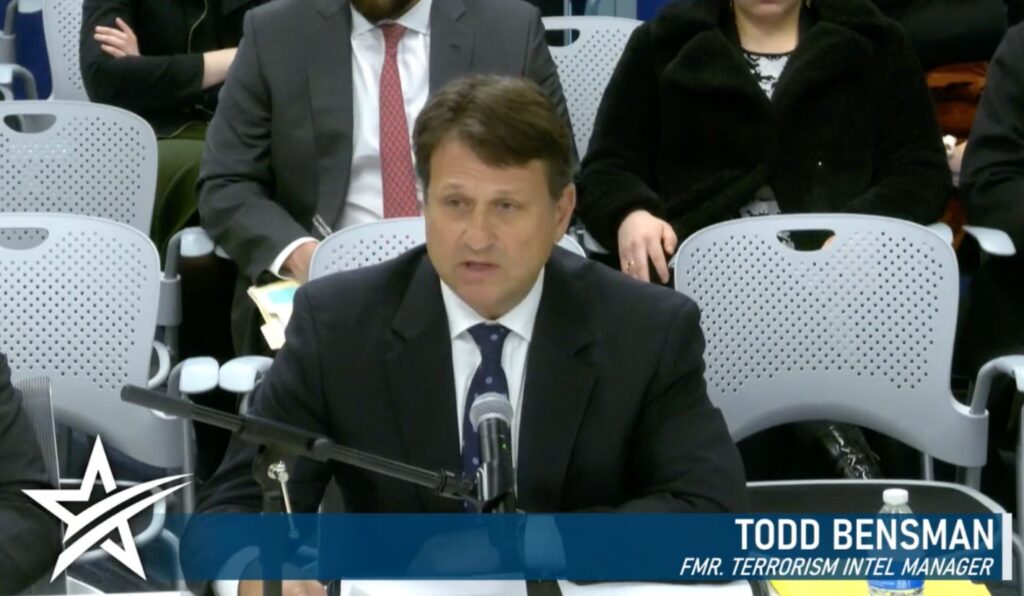
Testimony of Todd Bensman
Senior National Security Fellow, Center for Immigration Studies
and
Former Manager, Texas Department of Public Safety Intelligence and Counterterrorism Division (2009-2018)
Before the House Freedom Caucus
United States House of Representatives
For a Hearing Titled
“Biden Administration Open Borders Policy and Border Security”
February 1, 2022, 3:00 p.m.
Bensman’s five-minute opening statement:
Members of the House Freedom Caucus, thank you for inviting me here to discuss the historic mass migration crisis that has stricken the United States. What has happened to the southern border is not only history-making in scope but portends lasting, long-term second, third, and fourth-order implications for American citizens. Therefore, it profoundly qualifies for a broader comprehension and public discussion as to how it happened and why, and the ways to address it.

During its first year and now into its second, I have interviewed hundreds of the immigrants, most recently an eight-day fact-finding journey to the Guatemala-Mexico border city of Tapachula. From my vantage point, I can confidently report that there is but one root cause that they — the immigrating foreign nationals — most often cite for coming now: It is only that President Joe Biden opened the American southern border wide to them. They see, over their cell phone social media, that many hundreds of thousands who have gone before secured quick releases and resettlement in America — and decide to also gamble huge smuggling fee investments that criminal smuggling gangs will get them in to stay, too.
With such an enticing, motivating return on smuggling investment, no thinking person should wonder why this global migration hit the all-time national record of 1.97 million Border Patrol apprehensions in a single year, with probably 500,000 more “got-aways”.
But the caucus should also know that non-profit advocacy groups and, more notably, the United Nations, appear to be working side-by-side with the criminal smuggling organizations on the same mission.
United Nations agencies such as the International Office of Migration (IOM) and the United Nations High Commissioner for Refugees (UNHCR) are providing hard cash, food, shelter, and legal services all along the migrant trails. This materially facilitates journeys that everyone involved very well knows, despite any protestations to the contrary, always lead to an illegal American border crossing.
In whatever small or large way, the United Nations and the nonprofits it funnels money to can reasonably be said to contribute to the current mass migration crisis.
I found my first clue on a Rio Grande riverbank on the Mexican side: a discarded UNHCR-stamped booklet advising in great detail how migrants can and should travel north with the greatest chance of safety and success. Later, in Reynosa, Mexico, I witnessed the United Nations grantee, the IOM, hand out cash debit cards to migrants in long, snaking lines. The workers handing them out said they give $400 every 15 days to families of four, renewable every two weeks.
The UN tells me only the most vulnerable get this cash. But in Reynosa and again most recently in Tapachula, Mexico, where I saw the long lines at the UNHCR office, nothing about them indicated acute vulnerability. They were regular family units of the sort crossing by the tens of thousands now. Some showed me their debit cards there, too, and said were it not for this money they might have to leave the migrant trail and go home.
Further inquiry showed the cards are just part of a vast and sharply escalating UN program called “Cash-Based Interventions” all along the migrant trail through Latin America.
According to the UN documents and migrants, these include the unrestricted, unconditionally useable plastic cash cards and also cash-filled envelopes in some areas, money transfers for lodging, pharmaceutical prescriptions, and for something called “movement assistance”, which means transportation to move forward when camps empty and reform farther north.
Credible reporting shows that the UN is providing these forms of assistance all along the migrant trail, from South America to Texas. On a Cucuta to Bogota Colombia segment, the UN was seen handing out food, clothing, and necessities worth an estimated $200 to $300 a day per migrant.
And then there’s important non-cash assistance keeping migrants on the U.S.-bound trail.
In Tapachula, approval for Mexican asylum these days is important for permission to move legally beyond the southern provinces — always to the U.S. border, of course. But many coming in from Guatemala innocently tell Mexican immigration they’re going for U.S. jobs, which is not an eligible asylum claim, and get denied.
But I found a UN-funded solution recently. The manager of a UN-funded migrant advocacy center told me a full-time staff of certified psychologists helps these migrants recover “repressed memories” of more eligible government persecution. This manager told me his group also trains migrants on the front end of the process how to pass muster with Mexican asylum interviewers the first time around.
He said these operations produce a 90 percent success rate for thousands a year. Other UN-funded psychologists offer what sounds like similar work. If this is all true, the UNHCR in Mexico has found another way to keep thousands more on the trail over the American border.
Many can and will defend this UN assistance as lifesaving, but others who learn of it reasonably interpret it as material support for mass illegal migration.
However Americans interpret UN assistance in the new context of a historic mass migration event, public debate in the American square is necessary because the United States is the UN’s largest donor. In 2019, the last year in which expenditures are fully known, the executive branch and Congress separately allocated $11 billion, $5.5 billion of which filled accounts that fund migration and refugee support activities, Congressional Research Services recently reported.
It’s unclear what the U.S. will contribute in 2022. The Biden administration proposes $3.7 billion, and it remains to be seen what Congress will want to appropriate separately.
Bensman Testifies before Congress on Law Enforcement’s Fight Against White Supremacy and Domestic Terrorism June 2019
Todd Bensman testified before the House Oversight and Reform Committee about his experience combating domestic extremism while working for the Texas Department of Public Safety. The testimony took place Tuesday, June 4, 2019 in the Rayburn House Office Building, Washington, D.C.
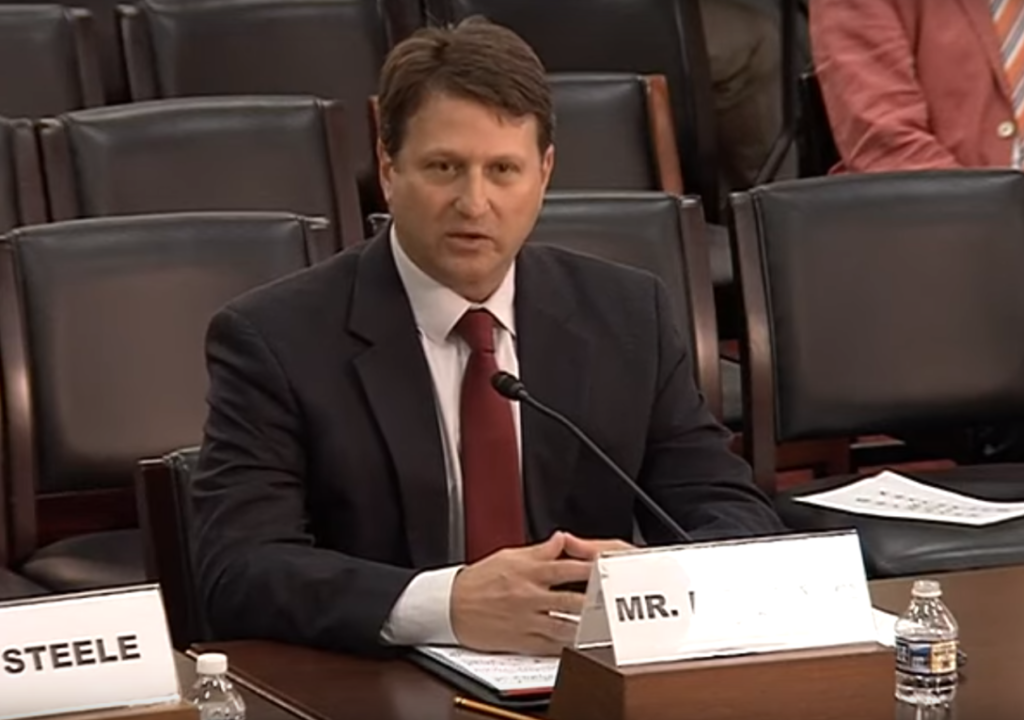
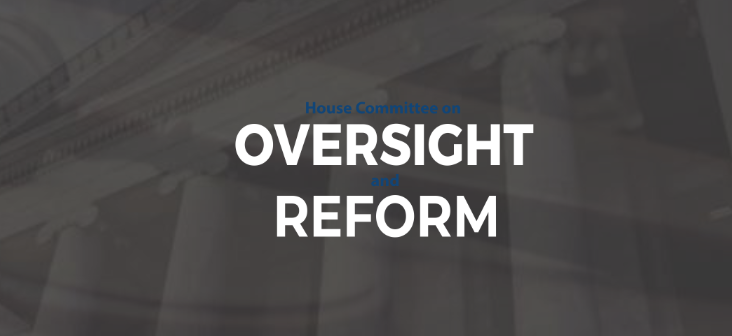
The topic of testimony for two panels (mine was the second) was “White Supremacy, Adequacy of the Federal Response.”
PURPOSE OF HEARING:
- The hearing will examine the efforts of the Federal Bureau of Investigation (FBI) and the Department of Homeland Security (DHS) to combat white supremacist extremist violence, including their budgets and allocations of personnel, data collection practices, and strategic plans.
- Under the Trump Administration, DHS appears to have significantly reduced resources and infrastructure that would address the increasing threat of white supremacist extremism. Reportedly, DHS recently disbanded a group of analysts focused on domestic terrorism in the Office of Intelligence and Analysis, reducing the number of analytic reports on white supremacists.
- Last month, the Subcommittee held its first hearing on this issue to examine the rising threat of white supremacist violent extremism in the United States and the impact on communities frequently targeted by white supremacists. Witnesses included Susan Bro, the mother of Heather Heyer who was killed in Charlottesville, and former DHS official George Selim.
Video of the full hearing can be found here, starting at Minute 3:24:00
SEE THE FULL WRITTEN TESTIMONY, as entered into the Congressional Record, HERE
My five-minute opening statement is below:
Chairman Raskin and Subcommittee Members, thank you for inviting me to discuss the important issue of countering hate-based domestic extremism in all of its forms, which presents a steady threat to public safety.
I am here to share insights from my decade-long work countering domestic extremism with the FBI and DHS through August 2018 with the Texas Department of Public Safety’s Intelligence and Counterterrorism Division. I helped build and manage a counterterrorism unit of intelligence analysts for one of the country’s most muscular fusion centers, the Joint Information Crime Center in Austin. With security clearances, we worked under one roof with the FBI, DHS Intelligence and Analysis officers and many other federal agencies.
Texas certainly has its share of racially motivated extremists, and we worked hard to learn their criminal intentions.
Neither we nor the FBI ever dismissed the domestic extremist threat or violent white supremacists, as some suggest, but faced them at every turn during my service from 2009-2018.
I personally saw to it that some of my analysts were always dedicated to this threat problem. We worked hand-in-glove with the FBI’s five Joint Terrorism Task Forces in Texas, each of which maintained its own domestic terrorism squad. For an idea of how hand in glove, Texas DPS investigators were assigned to all five JTTFs, usually to the domestic terrorism squads. Information sharing was strong both ways in our system.
What I can tell you from my experience is that:
Our collaborative arrangements remained in place after the 2016 election. At the line level, we created intelligence, passed information to the FBI on the e-Guardian system or in person, and filled their requests for their case needs. Good things happened as a result.
For a number of years after 2010, DHS Intelligence & Analysis was not as helpful due to an order under Secretary Napolitano for the domestic threats group to stand down research and analysis. This was due to controversy over a leaked 2009 paper that returning military veterans might join extremist groups. In recent years, DHS I&A did begin to provide value.
The number of racially motivated criminal events is now higher than what we were used to. A pivot is necessary to reverse the trend. But any effort must account for the fact that not all dangerous domestic extremists are motivated by racist or religious animus. In Texas, anti-government extremists not animated by racism threatens public safety too, as evidenced by black nationalist extremists who have murdered and wounded 25 police officers since 2016, including five in one horrific Dallas ambush.
It would be a mistake not to recognize this diversity. We certainly worked on cases involving racial motivations, like:
- The Atomwaffen Division (Neo-Nazis), which thinks violence will ignite a race war to establish national socialism in the United States. Some have been implicated in murders, building a dirty bomb, and wanting to destroy infrastructure. Some of its national leaders are based in Texas.
But we worked on others not squarely in the white supremacist rubric.
- Sovereign citizen movement, which features anti-government, anti-tax extremists who mostly reject government authority over them.
- Anti-government militias. Texas residents have been linked with anti-federalists who carried out the 2014 Bundy Ranch standoff in Nevada and the 2016 Malheur National Wildlife Refuge standoff in Oregon.
- Anarchist extremists (Antifa movement) From November 2016 through the spring of 2017, masked anarchist extremists continually assaulted DPS troopers and peaceful demonstrators at the Texas State Capitol, harassed businesses in gentrifying neighborhoods, trained in live-fire military assault tactics, are on terror watch lists, and some currently fight with communist Kurdish groups in Iraq.
As the FBI pivots to meet an up-cycling domestic extremism, it should be remembered that a national fusion center infrastructure, with well-oiled collaborative practices are in place as a result of 9/11. I recommend that the homeland security enterprise:
1. Mobilize the nation’s 78 fusion centers to focus them on increased support to FBI JTTFs on this problem set.
2. Conduct a national risk assessment of bias-motivated criminality to build knowledge of the problem set.
3. Require police agencies to report bias crime to the FBI’s Unified Crime Report system. Currently, voluntary reporting is not reliable enough to do much of anything.
4. Require military services to collect and share disciplinary case information and suspicious behaviors as potential early warning, since service is a common circumstance among extremists.



